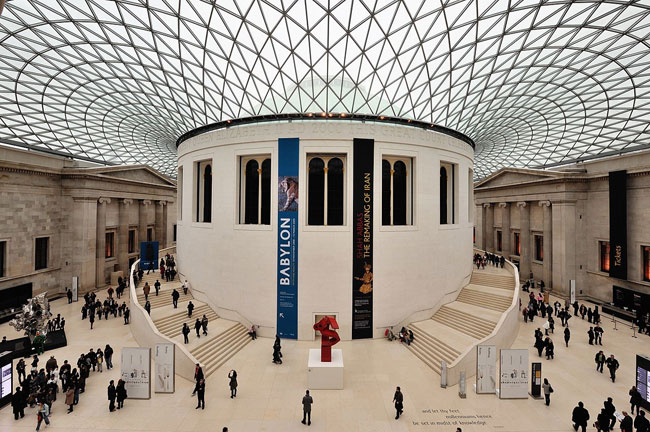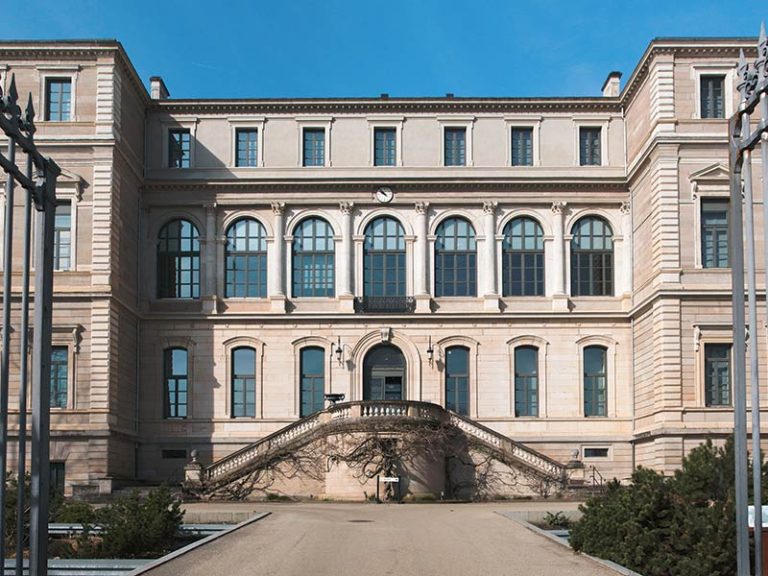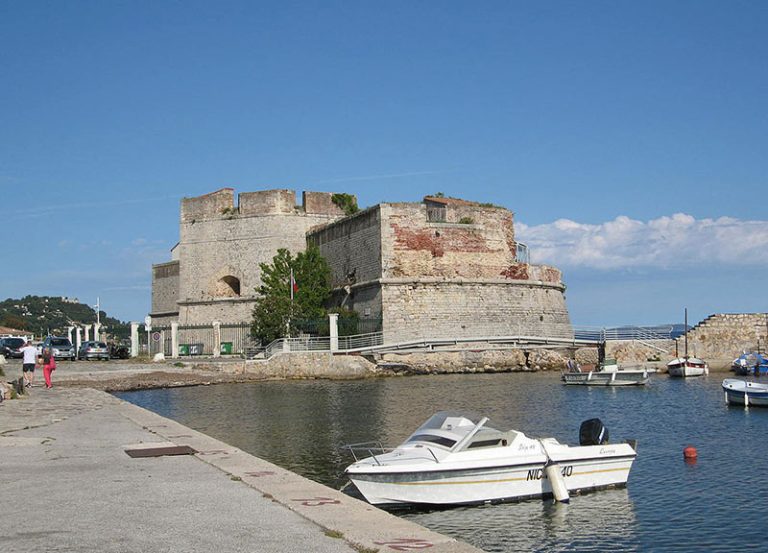The New York District Attorney’s Office recently seized a bronze statue from the Cleveland Museum of Art in Ohio as part of an investigation into the looting of a statuary group from the Greco-Roman city of Bubon – a city of ancient Lycia, in Anatolia (present-day Turkey). Deprived of its head, this work represents the Roman emperor and philosopher Marcus Aurelius.
Since 2012, Turkey has claimed this headless statue as well as several other objects present in the collection of the Cleveland Museum, objects which according to it were looted in ancient Lycia. Museum officials said at the time that Turkey had provided no hard evidence of looting.
In the mid-1960s, an unusual number of Roman imperial statues and heads appeared on the international art market. They passed through Robert E. Hecht, an American dealer convicted several times for antiquities trafficking and who died in 2012. Between the 1970s and 1990s, Turkish and American researchers undertook to reconstruct the dispersed group of Buboes. Recently, the Antiquities Trafficking Unit of the Manhattan District Attorney’s Office, in collaboration with Turkish authorities, took over the investigation, building on previous work.
Flagship of the Cleveland Museum, this headless statue with a height of around two meters, estimated at 20 million dollars (more than 18 million euros), was acquired by the institution in 1986. Elizabeth Marlowe, professor of history of art and museum studies at Colgate University, says the statue has always been associated with Bubo. In 1987, during the presentation of the statue, “ the museum had exhibited photographs of other statues of Bubo and an additional portrait of Bubo, borrowed from another museum ». She adds that the explanatory sheets and the press release mentioned the presumed origin of these sculptures. “ at a provincial shrine in Türkiye honoring the Roman imperial family ».
The museum today seems to deny this context, reports the Cleveland Plain Dealer. Until just two months ago, the museum website described the work as “ The emperor as a philosopher, probably Marcus Aurelius (reigned 161-180 AD) »adding that the statue was from “ Türkiye, Bubo (?) (in Lycia), Roman ». Now references to Bubon, Turkey and even Marcus Aurelius have been removed. The headless statue is simply referred to as “ draped male figure »which could be “ Roman or possibly Hellenistic Greek ». The provenance of the work no longer appears, while its dating is indicated between “ 150 BCE and 200 CE ».
Over the past two years, the Manhattan prosecutor has made several seizures in connection with possible looting in Turkey. The Worcester Museum in Massachusetts agreed to return a bronze bust, while a head of Caracalla was seized from the Fordham Museum of Antiquities in the Bronx. Last April, a bronze statue of the Roman Emperor Septimius Severus, as well as a fragmentary bronze portrait of Emperor Caracalla, both from Bubon and seized from the Metropolitan Museum, were returned to Turkey.







